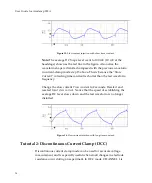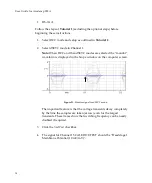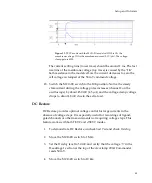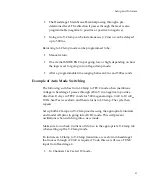
User
Guide
for
Axoclamp
900A
II.
TEVC
Using
the
MCO
‐
2U
Oocyte
Model
Cell
and
VG
‐
9A
Bath
Clamp
Oocytes
are
large
cells
used
to
study
ion
channels
heterologously.
Membrane
currents
from
these
heterologously
expressed
channels
can
be
quite
high
(>
50
μ
A).
When
the
currents
are
large,
bath
resistance,
which
is
typically
a
few
k
Ω
,
can
cause
significant
errors
in
measurements.
For
example,
a
bath
resistance
of
1
k
Ω
will
lead
to
cell
voltage
errors
of
1
mV
per
μ
A.
Additionally,
in
ligand
‐
gated
channels,
low
membrane
resistance
can
lead
to
loss
of
tight
voltage
clamp
when
high
current
is
passed.
This
procedure
explains
how
to
overcome
each
of
these
problems.
Equipment
required:
MCO
‐
2U
model
cell.
HS
‐
9A
×1
as
voltage
monitoring
headstage.
HS
‐
9A
×10
as
current
‐
passing
headstage.
VG
‐
9A
×100
bath
clamp.
Instructions:
1.
Connect
headstages
to
headstage
inputs:
a.
HS
‐
9A
×1
cable
to
the
CHANNEL
1
HEADSTAGE.
b.
HS
‐
9A
×10
cable
to
the
CHANNEL
2
HEADSTAGE.
c.
VG
‐
9A
×100
bath
clamp
cable
to
one
of
the
auxiliary
headstage
inputs
on
the
rear
panel.
2.
Connect:
a.
HS
‐
9A
×1
headstage
to
the
E#1
input
to
the
model
cell.
b.
HS
‐
9A
×10
headstage
to
the
E#2
input
to
the
model
cell.
46
















































